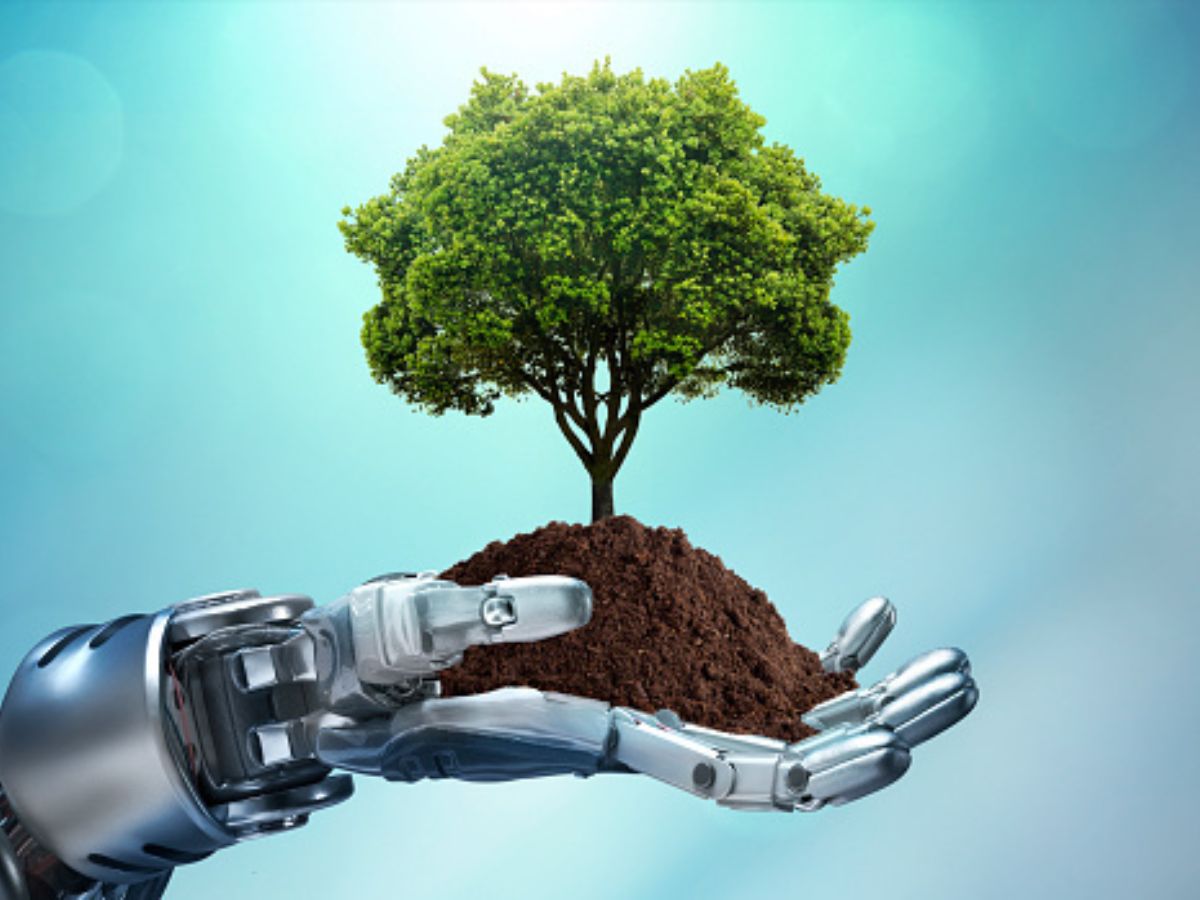By Jaspreet Bindra
All around us, events related to climate change have intensified, leading to fear of what the future might hold. In the middle of all this, there is another fear — though mixed with frenzied excitement — the promise of artificial intelligence (AI). My worry, however, which is talked about much less is how AI and generative AI (GenAI) can serve to accelerate global warming and climate change.
A lot has been written and talked about blockchain and crypto being an environmental disaster; but so are AI and GenAI.
There are three ways in which GenAI degrades the environment:
Firstly, training gigantic GenAI models requires enormous amounts of energy, leading to vast carbon emissions. For example, training a 213mn GenAI model just once can spew out the same carbon emissions that 125 New York-Beijing round flight trips would.
This is a small model, GPT-3 is 800 times bigger with 175bn parameters and GPT-4 and Google’s Bard are possibly even larger. Besides, most of these models are trained multiple times to achieve optimum accuracy.
Secondly, most of these models live on the cloud; for instance, GPT is on Microsoft Azure. The ‘cloud’ is nothing but hundreds of data centres around our planet, guzzling water and power in massive quantities. A recent Guardian article revealed that data centres currently consume 200 terawatt-hours per year, roughly equal to what South Africa does today. With the emergence of GenAI, it is estimated that by 2030, this electricity consumption will soon cross that of Japan, the world’s third-largest economy.
And thirdly, the bedrock of GenAI models are the chips produced by the likes of TSMC and Nvidia. The colossal chip fabrication plants or fabs require huge amounts of electricity and pure water. A typical fab might require up to 5 million gallons of water and 30 to 50 megawatts of peak power a day — about the needs of a town with 50,000 residents.
As Big Tech companies across the world, race to build larger and larger models, cloud providers build ever more powerful clouds, and semiconductor companies strive to build hundreds of more fabs across the world to satiate the demand of GenAI and other technologies, the carbon footprints increase exponentially, clean power struggles to keep up, and the water tables plummet.
It is a bleak picture, but here are some things we can do about it:
- Build awareness among communities and societies: BigTech, including Microsoft, Google and others have pledged to make their clouds ‘green’ in the coming decades. However, there are other things that the industry can do. Each time a model is created or trained the producer must estimate and budget the carbon footprint.
- Small can be effective: Many use cases do not require a huge model, a smaller model using far fewer resources could do the job. Just throwing more compute power will not make a better model, there are other finetuning techniques which are much less power intensive. The good news is that the Big Tech companies have realised this, and are looking at smaller models, training them in places with cleaner energy, using specialised lower-consumption data centres, and tweaking training protocols to reduce the footprint. Indian companies also have stepped up on this; for instance, NTT and Airtel have set up captive solar plants to power their own data centres and Hyderabad-based CtrlS has proudly become the world’s first LEED-certified Platinum Green Data Centre
Going forward, both governments and communities need to participate in this effort too. Many governments seem to be currently blinded by the dazzling possibilities of AI and GenAI, rolling out incentives for new data centres and fabs; they should start factoring in environmental issues. People and societies should weigh the benefits of this infrastructure being created in their community, and whether enough is being done to counter the degradation. If we do not wake up, we will not have to wait for a Terminator-like AI superintelligence threat, the acceleration towards global climate events would annihilate us sooner than that.
(The author is the founder of Tech Whisperer (UK), which does advisory and consulting work on digital transformation and digital technologies)
Disclaimer: The opinions, beliefs, and views expressed by the various authors and forum participants on this website are personal and do not reflect the opinions, beliefs, and views of ABP Network Pvt. Ltd.
Source link
credite

